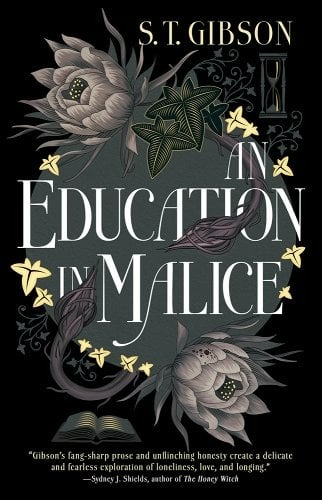Buy this from Bookshop.org to support local bookstores and the Lesbrary! I feel as though all my adult life I have been wishing for a Carmilla retelling that really illuminates the heart of the original novella—the obsession, intensity, eroticism, and power struggle between Carmilla and Laura that makes the text one of the most lasting examples ofRead More
A Quiet & Queer YA Horror Story: A Guide to the Dark by Meriam Metoui
Bookshop.org Affiliate Link Mira and Layla are trying to make their way to Chicago for the last leg of their college tour road trip when they’re stranded in a small town and forced to stay at the Wildwood Motel. To Layla, this is a minor setback while she’s more focused on figuring out her confusingRead More
